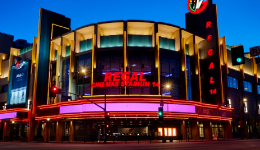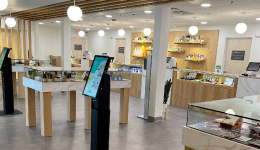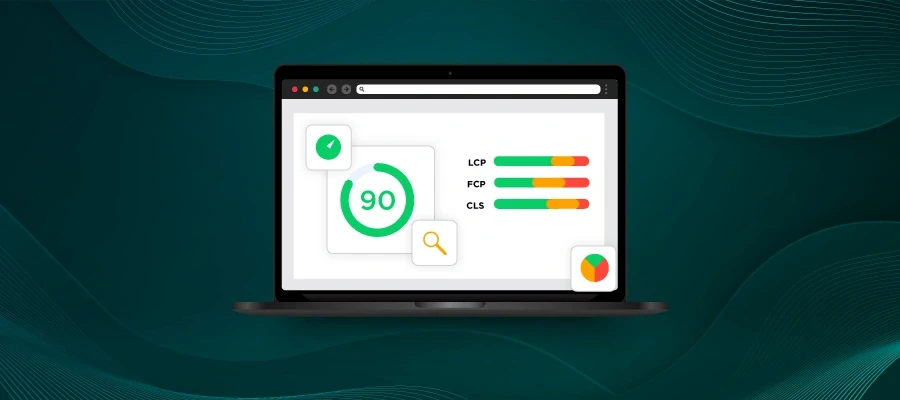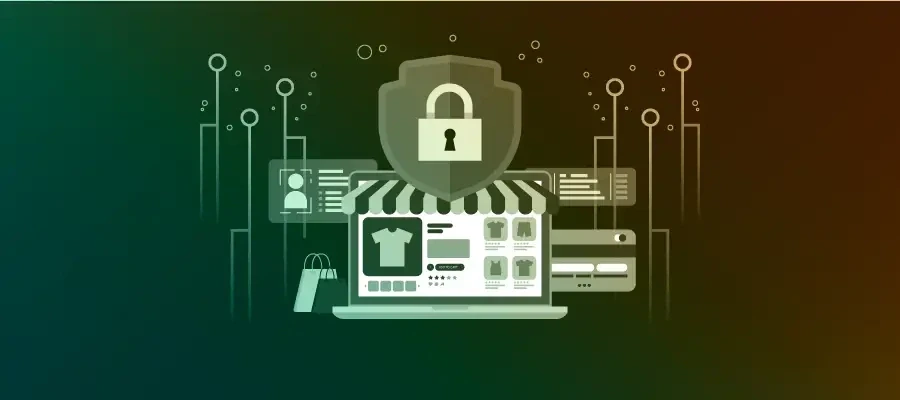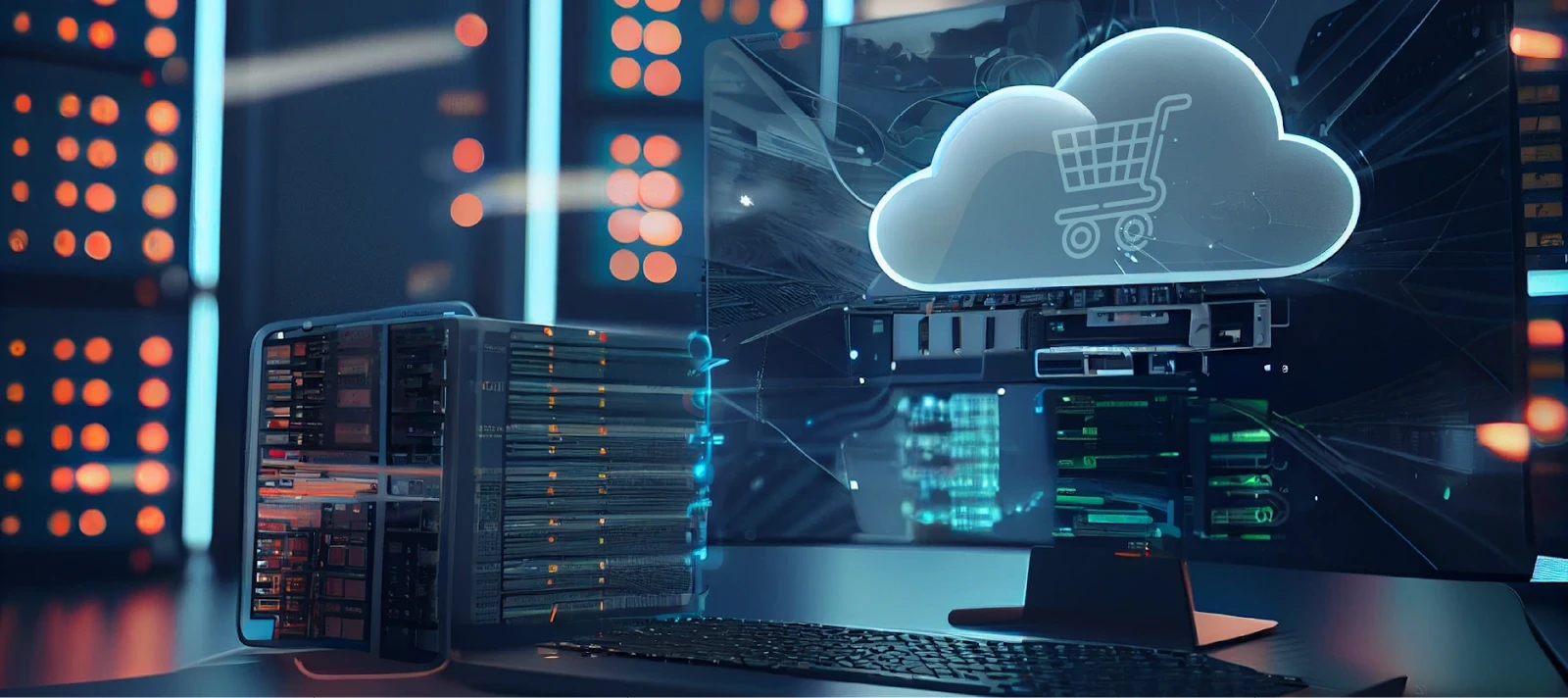Ecommerce businesses are continuously seeking ways to stay ahead of the competition, by providing seamless customer experiences, and adapting to changing market demands. One approach that has gained significant traction is the MACH architecture – Microservices, API-first, Cloud-native, and Headless. The MACH approach reimagines how we build and deploy ecommerce platforms by combining four core principles:
Microservices: Instead of using a monolithic architecture, MACH advocates breaking down an application into small, independent, and modular microservices. Each microservice focuses on a specific function, allowing for flexibility and scalability as businesses can add, modify, or replace services without disrupting the entire system.
API-first: APIs (Application Programming Interfaces) are at the heart of MACH. An API-first approach means building and designing applications with APIs as the foundation. APIs enable seamless communication and integration between various systems, ensuring interoperability and allowing businesses to connect with other applications effortlessly.
Cloud-native: Embracing a cloud-native approach ensures that the entire architecture is designed to leverage the power of cloud computing. This includes containerization, automated scaling, and elastic infrastructure, which enhances the platform’s performance, reliability, and agility.
Headless: The headless approach decouples the front-end presentation layer from the back-end ecommerce engine. It means that the user interface (UI) and customer experience can be built independently, offering greater design freedom and enabling businesses to deliver personalized and consistent experiences across multiple touchpoints.
In June 2022, Webscale joined the MACH Alliance as an Enabler to advocate for MACH as an ecommerce industry standard, and to deliver the best digital experiences for merchants and their customers.
Benefits of the MACH Approach
Agility and Flexibility: By adopting a microservices-based architecture, businesses can quickly respond to changing market trends and customer demands. Teams can independently work on different components, leading to faster development cycles and the ability to introduce new features without compromising the stability of the entire system.
Enhanced Customer Experience: The headless architecture enables businesses to create compelling and immersive customer experiences. Front-end developers can use the latest technologies and frameworks to design interactive and engaging user interfaces, while back-end services handle the complexity of data management and business logic.
Scalability and Performance: Cloud-native principles ensure automatic scaling and resource allocation, allowing platforms to handle varying traffic loads efficiently. This results in optimal performance, reduced downtime, and enhanced customer satisfaction.
Seamless Integrations: The API-first approach allows for seamless integration with third-party services, tools, and marketplaces. This facilitates effortless expansions into new markets and provides a holistic view of customer data, improving decision-making processes.
Considerations for a Successful Build and Deployment
Planning and Architecture: Start with a thorough understanding of your business needs and requirements. Careful planning and a well-thought-out architectural design are crucial to ensure the success of a MACH-based headless build.
Team Collaboration: Adopting a MACH approach requires cross-functional collaboration between development, design, and marketing teams. Foster a culture of communication and collaboration to deliver a unified and seamless customer experience.
Application Load Testing: Regular application load testing is essential to identify bottlenecks and optimize system performance. Ensure that your platform can handle peak loads and maintain responsiveness during high-traffic events.
Security and Compliance: As APIs play a pivotal role in the MACH approach, prioritize security measures to safeguard sensitive data and protect against potential vulnerabilities. Comply with industry regulations and standards like PCI-DSS, SOC2 and HIPAA to maintain customer trust.
Scalable Infrastructure: Partner with a reliable cloud service provider to ensure a scalable infrastructure that can accommodate your growing business needs. Leverage containerization and automation to enhance flexibility and resource allocation.
The MACH approach to a headless build empowers businesses with unmatched agility, innovation, and scalability. By embracing MACH, online businesses can create personalized, seamless, and high-performing customer experiences across various touchpoints. However, success lies in meticulous planning, team collaboration, robust infrastructure, and a focus on security and compliance.


